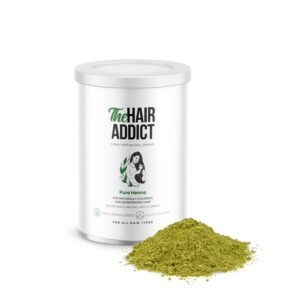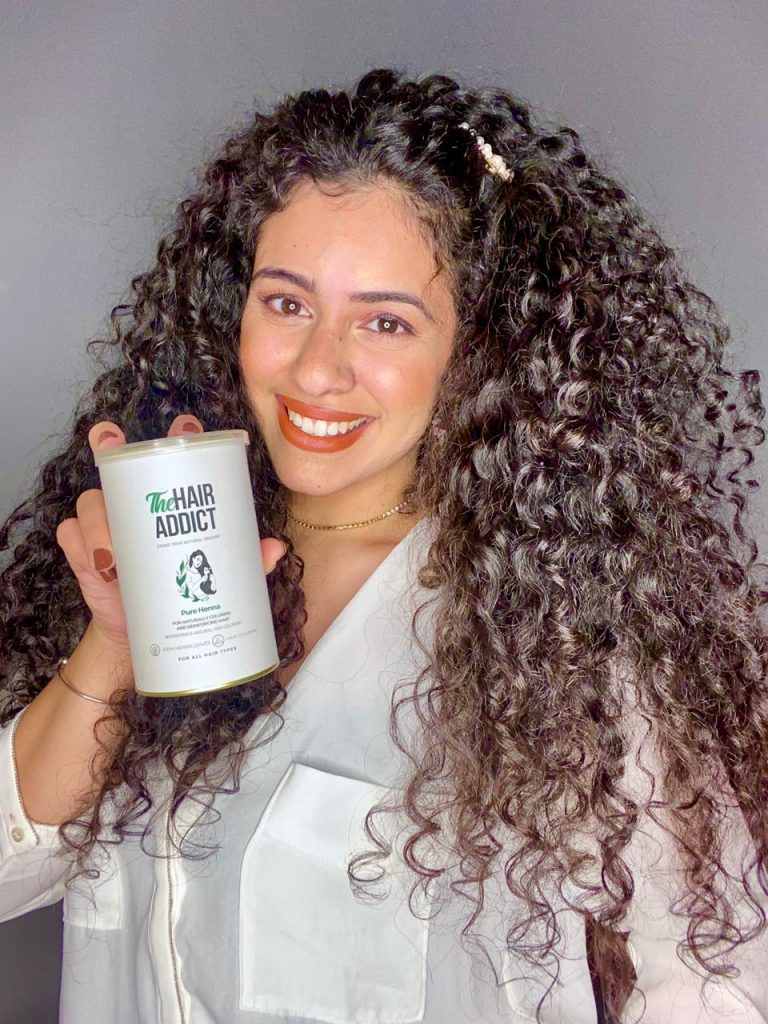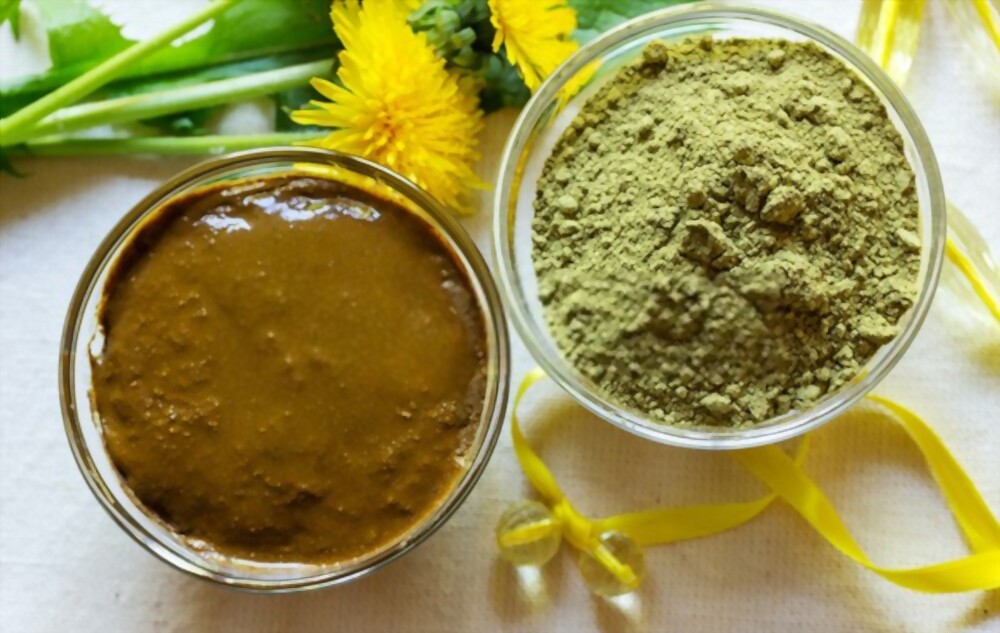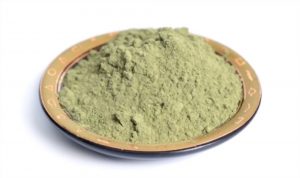Hair coloring with chemical dyes is famous for being quite simple and accessible. You head to the drugstore and buy some box dye, or go to your favorite salon and you are set. The problem that comes with hair dyes is damage, and natural colorants are the way to go without risking your hair’s health.
The thing is, natural hair colorants and related services aren’t widely available, so you need to do some research to color your hair safely. In this article we will talk about the most important natural colorants so you can dip your toes into the world of natural dyes!
The 3 Best Natural Hair Coloring Options
1- Henna
Henna is the most famous and notorious natural hair coloring agent that has been used for thousands of years since the Ancient Egyptian culture. It has then resonated to surrounding cultures in Africa, India and Pakistan. Henna contains a dye molecule named “Lawsone” that covers hair strands to give them a deep reddish hue. The color that Henna stains the hair with is actually permanent, so there are no worries of the color washing out unevenly.
A great pro of Henna besides the hair coloring benefits is its antifungal properties. It effectively combats and eliminates the most stubborn dandruff with only a few uses, and keeps the scalp very healthy.
Henna also has superior grey hair coverage, and will stain grey hairs with the reddish hue of the Lawsone molecule. Some people don’t fancy the orange-red hue it gives, and opt to mix other natural colorants with Henna to get different shades.
It is crucial to use pure Henna, as merchants often add chemicals to Henna, or not sift it properly. The results of using bad Henna can range from disappointing color results up to severe allergic reactions.
You can find our favorite pure premium Henna and purchase it here.
 2- Indigo
2- Indigo
Indigo is the dried crushed leaves of Indigofera Tinctoria, a natural plant that gives a blue dye but stains hair brown to black shades. It is important not to confuse Indigo with the blue textile dye sometimes referred to as Indigo. Indigo is a herbal powder that smells like dried peas, and gives a blue color after mixing with water.
You can mix indigo into the Henna paste before application to get different shades of brown depending on the ratios. For deep black shades, you can mix and apply it separately to hair than has been treated with Henna.
Bear in mind that Indigo stains hair weakly when used alone, that’s why we recommend to use it in a Henna mix, or after applying Henna by a day or two.
3- Cassia
Cassia is the ground dried leaves of Cassia obovata, a plant that deeply conditions hair and imparts golden tones to grey hair. It shows up better on lighter shades of hair, and gives no color change on darker hair. However, you can add it to Henna and Indigo mixtures to alter the resulting color depending on the mixing ratio.
In conclusion, natural hair colorants are a great tool to cover grey hair naturally. It is important to remember that these dyes are additive; they add color to your existing hair color and will not lighten your it as chemical dyes usually do.




